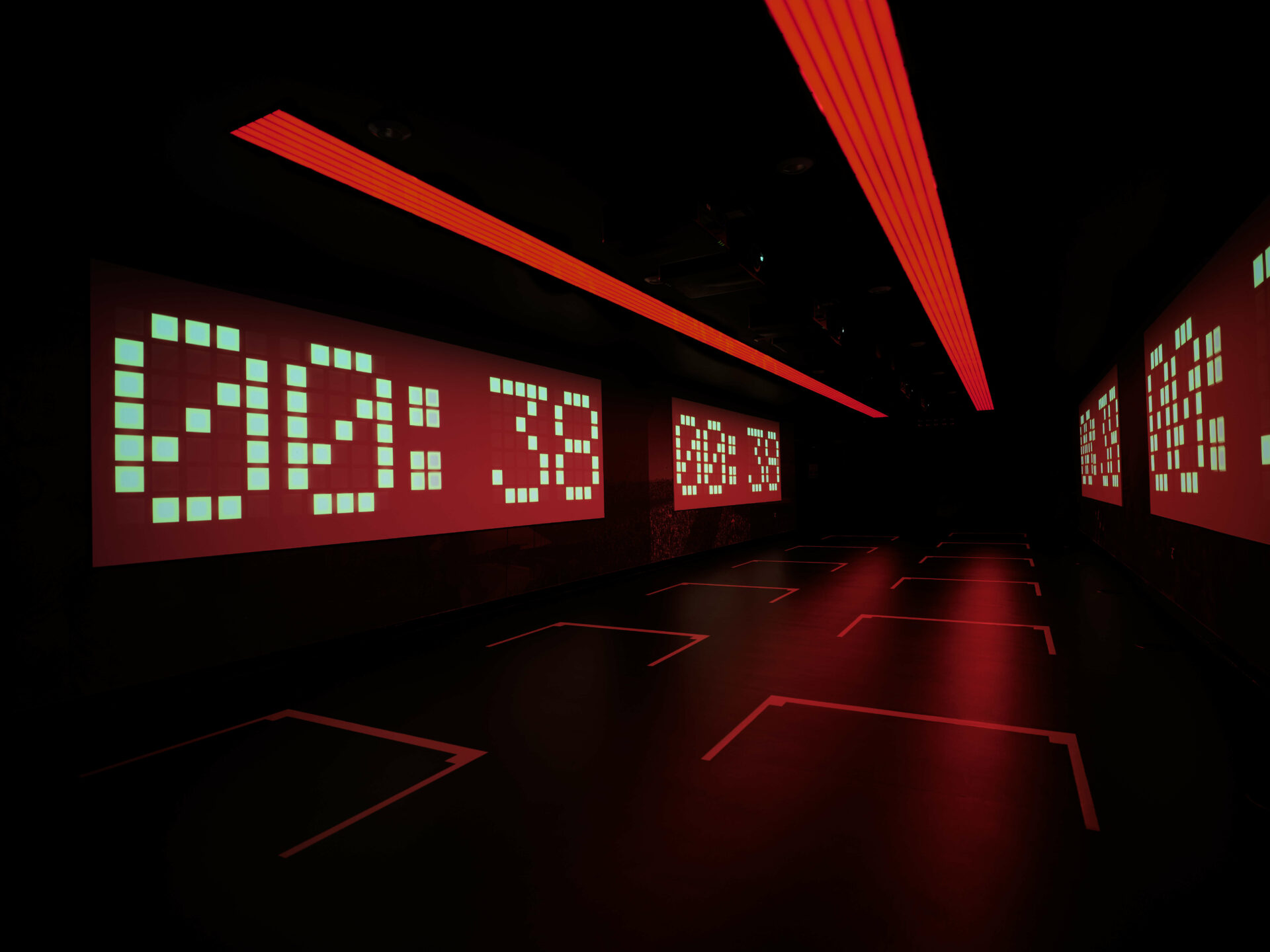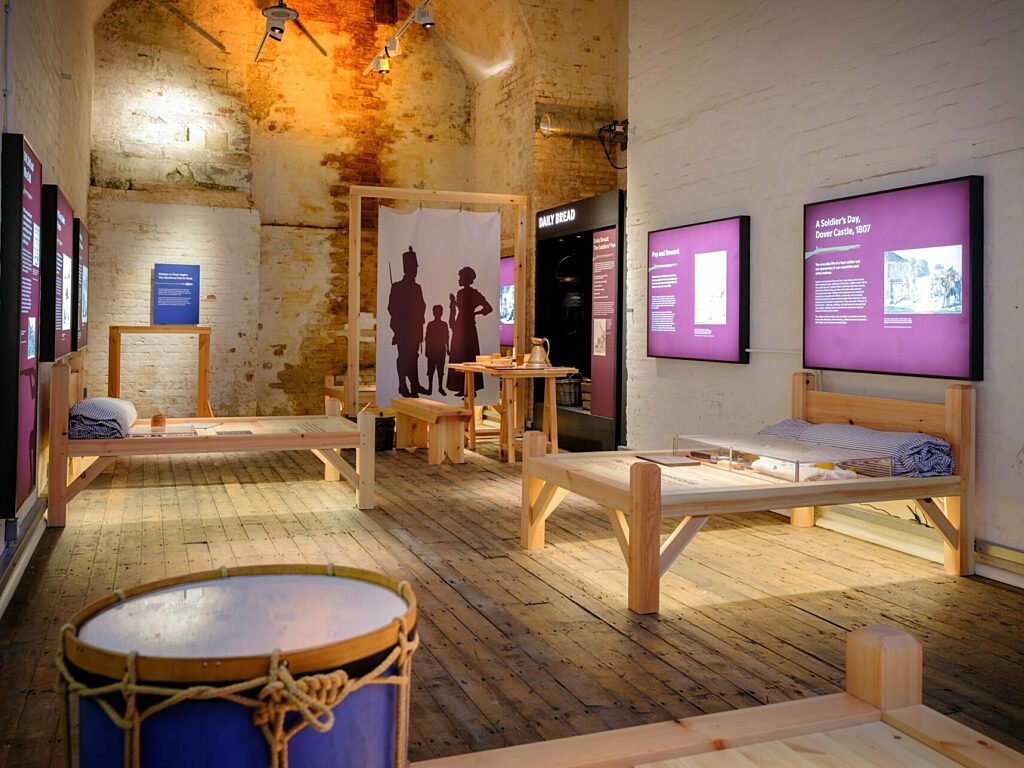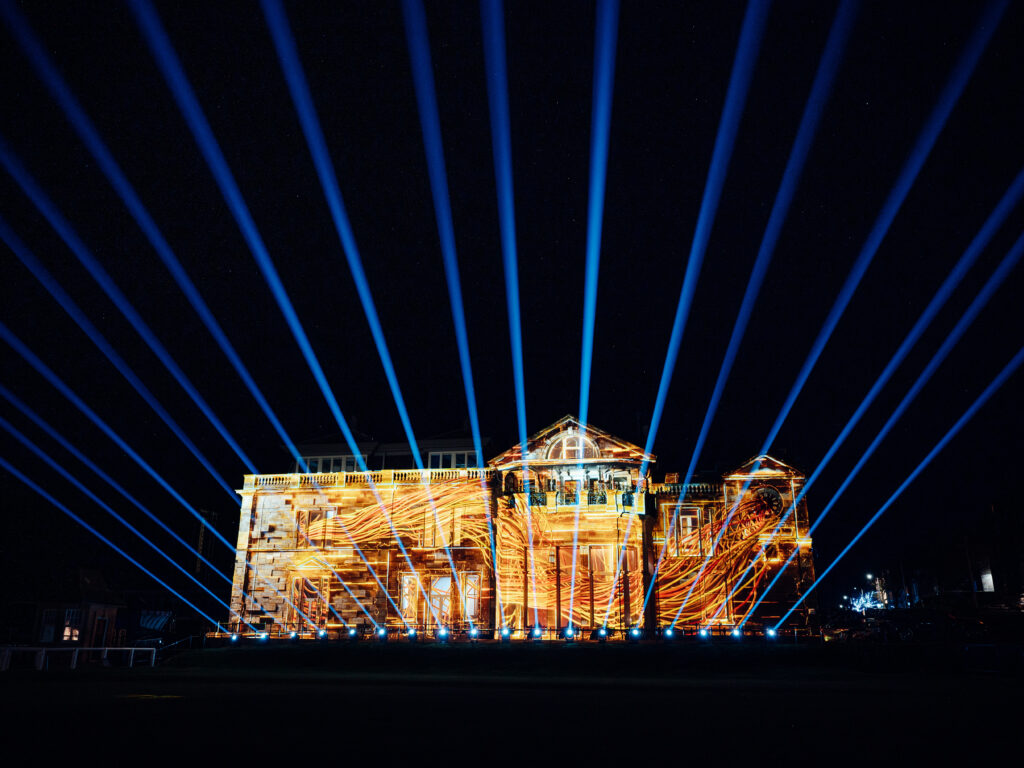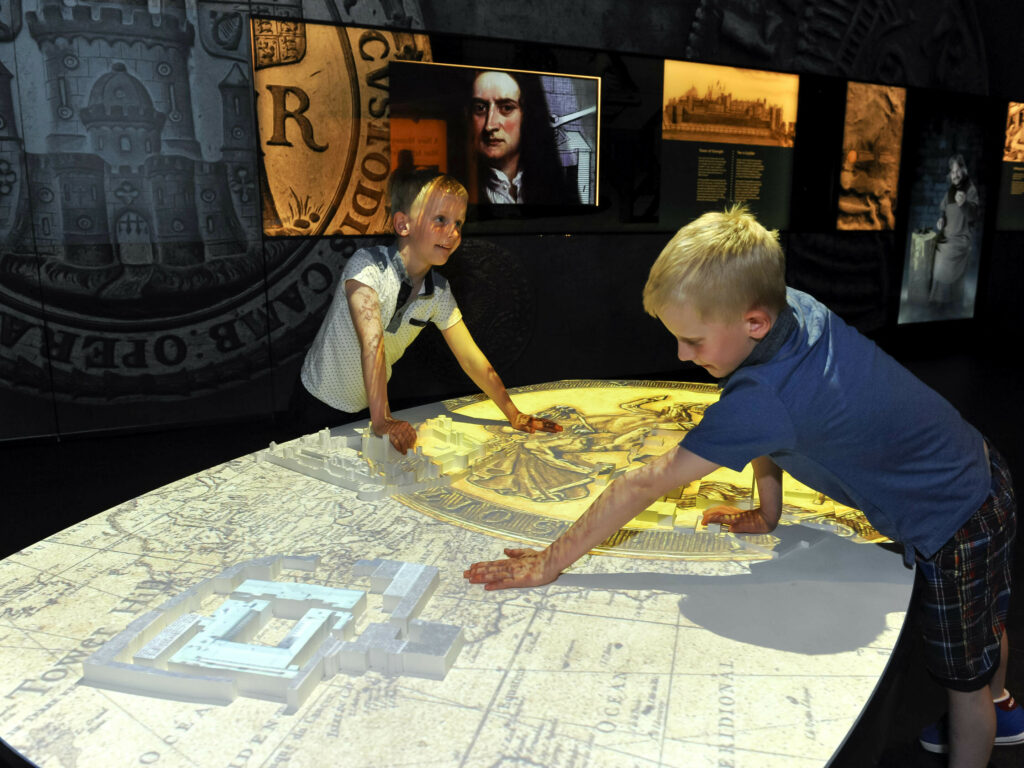How did you become interested in lighting design for museums, exhibitions, and attractions?
My background is in scenography/ theatre design. The design craft you use to create connection and experience for a theatre audience is so similar, it was an effortless move. In fact, it brings me closer to my theatre roots, which I enjoy.
How do you collaborate with design teams to integrate lighting seamlessly into the overall experience?
I like to get to meet with the other design teams as soon as I can, to get a feel for their design intent. Where luminaires themselves are part of the visual concept in commercial spaces, we’re more interested in the lit effect in experience environments. Detailing is key to disguising the light source and using the light to set the scene and direct the visitor’s focus as they move around the space.
How does lighting contribute to shaping the atmosphere and storytelling within a space?
Contrast is your friend within the experience environment. Using patterns of light and dark to attract attention to artefacts or guide the visitor through the space are key design elements. Tying this with multimedia and intelligent controls really heightens the immersive experience and holds our attention.
Can you share an example of a project where your lighting design significantly enhanced the visitor experience?
My collaboration with the Mather & Co team on the Inverness Castle Experience is a great example of lighting working in sync with sculptural, exhibition, and artefact pieces to create an immersive storytelling experience. All with the aim of leaving the visitor with a sense of joy and community. I can’t wait to see the finished product!
How do you adapt your lighting concepts when working on projects across different industries, such as heritage, sports, and commercial?
There are so many similarities no matter what the sector. I think for each sector the key is selecting the story and crafting the design from that point. Be it the company brand & culture, the history of the building or region, or a celebration of the visitor experience. Looking at the “why” of the project is also key. What is it that has triggered this project and the end result the client is wanting for their customers, colleagues and visitors? What do they have now, and how would they like to improve on it?
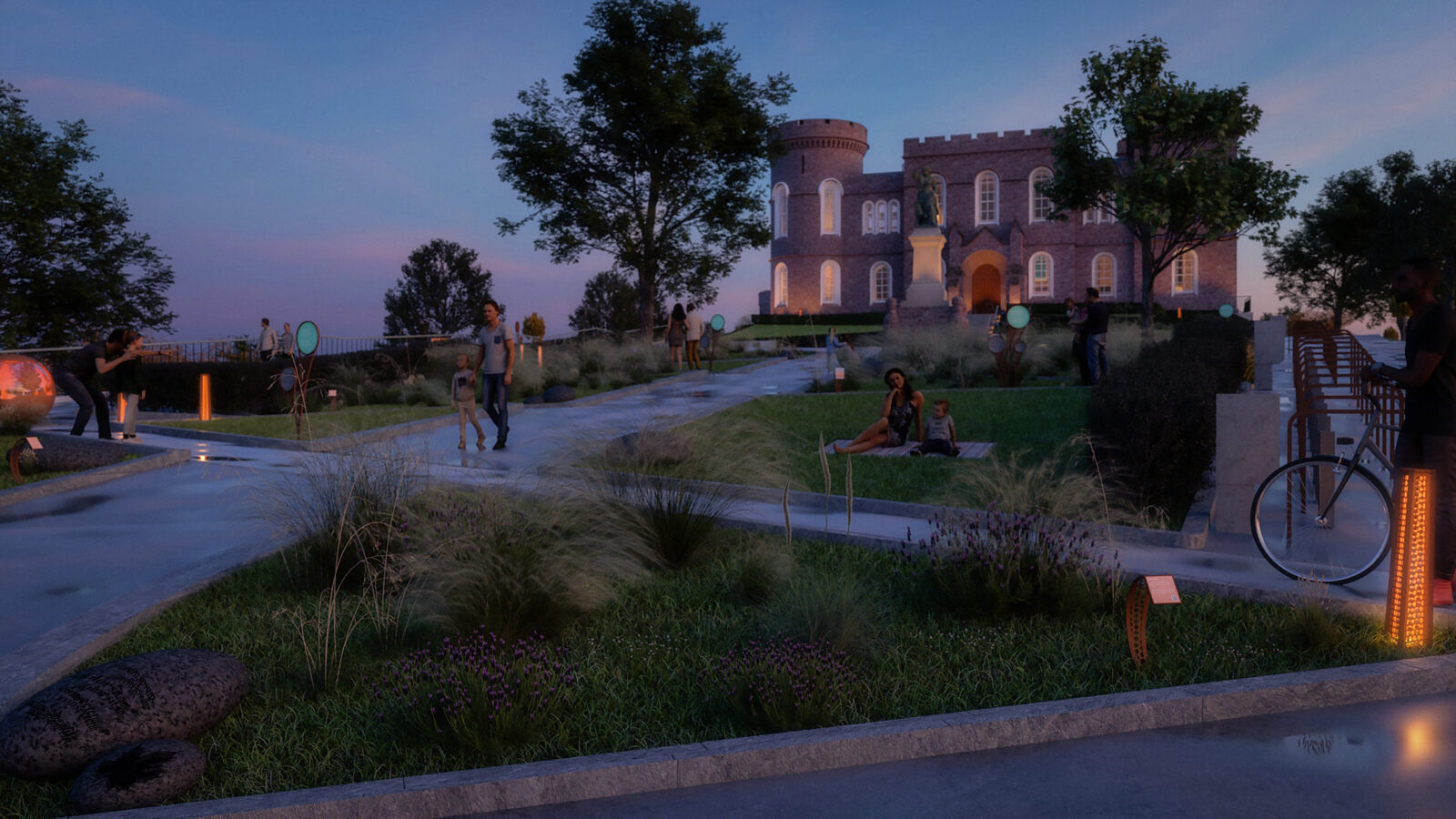
Are there any unique challenges or opportunities you’ve encountered in each sector?
I think the main challenge is understanding your client and having an appreciation that not everyone can visualise the final product from a line drawing alone. You need some flexibility in how you demonstrate your ideas and the benefits to the client.
How do you ensure that your lighting design not only looks stunning but also contributes to an engaging user experience?
Mock-ups, renderings, and research! Helping to realise the best experience environment means keeping on top of the latest technologies and approaches. I like to take clients to similar environments to explain how effects are created and give them a sense of how their lighting design could look and feel.
Can you discuss any eco-friendly lighting solutions you’ve implemented in your projects?
I champion the circular economy approach to lighting design and encourage the re-use or refurbishment of existing luminaires where possible. I’m also using alternative materials in both bespoke and general luminaires, such as the use of 3D printed PLA (polylactic acid), which uses plant starches such as those from sugarcane, to create a polymer. It can be mixed with other materials such as seagrass, coffee grounds or even crushed oyster shells to create some interesting finishes and lit effects.
What do you find most rewarding about creating memorable lighting experiences for visitors?
I like to do at least a couple of secret shopper visits to spaces once complete. Nothing is more rewarding than listening and watching visitors' reactions to the space & experience. It makes it all worthwhile.
Finally, do you enjoy working with Mather & Co? How does our work feed into yours?
Mather & Co really do understand the importance of lighting and getting the detail right and working together from the earliest design stages. Our workshops are great opportunities for collaboration and inspiration too.
If you would like to discuss lighting design further, then please contact Mather & Co or Treacle Studio.

